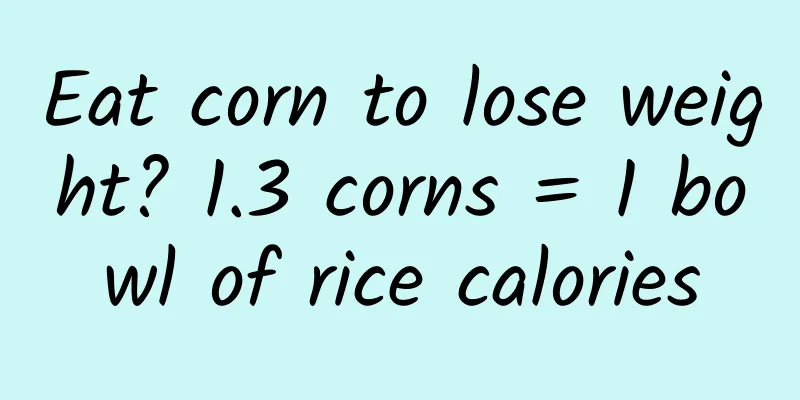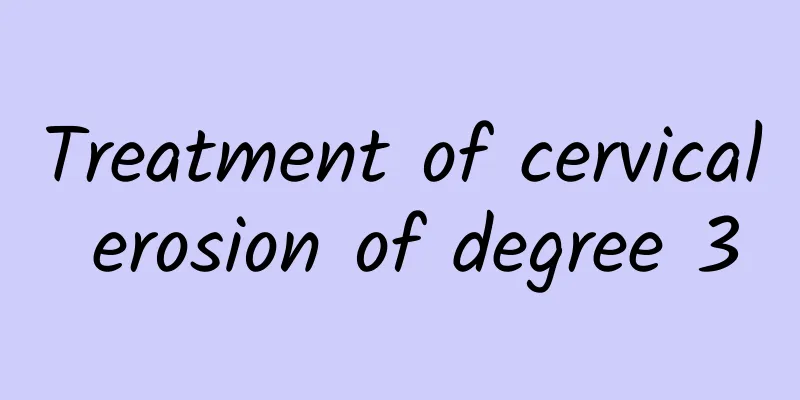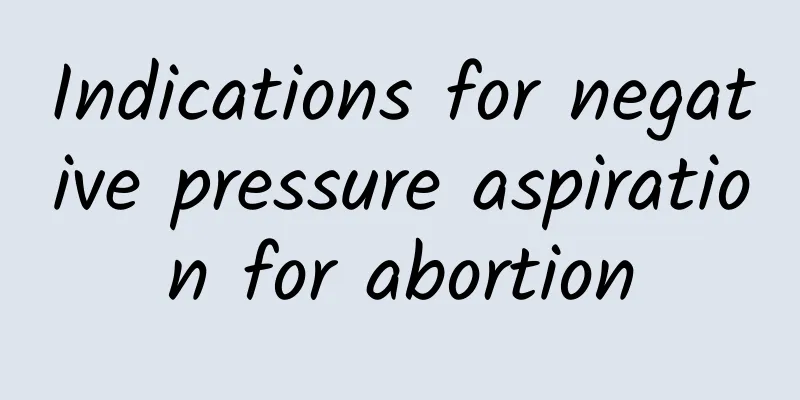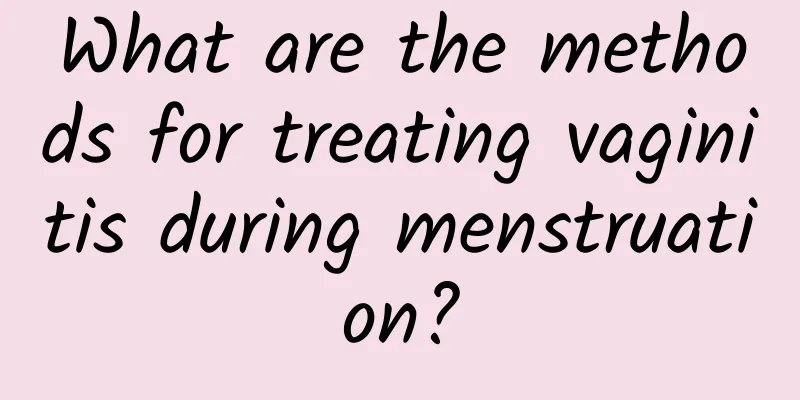Eat corn to lose weight? 1.3 corns = 1 bowl of rice calories

|
Corn, also known as corn, maize, and corn, is one of the three major food crops in the world. Its planting area and output rank third after rice and wheat. It is also known as the "king of feed" because of its good palatability, high calories and large yield, and is widely used in various poultry and livestock feeds. In addition, corn is also the most suitable crop among the three major grain crops as an industrial raw material, and more than 3,000 industrial products are processed from it. In Taiwan, when talking about corn, many people will think of the advertising slogan "golden vegetable". What are the characteristics of this food that is loved by both adults and children and is the most common food in our daily diet? Is it suitable for weight loss? Is the nutritional value good? …Now let’s get to the subject of corn. [Decoding] How much do you know about the nutritional value of corn? 1. Corn is golden "starch", not "vegetable"! Although the advertisement says that corn is a golden vegetable, only the adjective "golden" is used correctly. The food classification is wrong. In fact, corn is a staple food (starchy food), not a vegetable! Below is the nutritional information for every 100 grams of corn. We have mentioned before that whether a food is considered a staple food, meat, fruit, vegetable or oil is mainly determined by which nutrient it contains the most. From the table below we can see that among the three major nutrients, protein, fat and carbohydrates, corn has the highest carbohydrate content, so corn is classified as a staple food rather than a vegetable. Judging from the basic nutrients, carbohydrates, fats, proteins, calories, etc., the biggest feature of corn is its high fiber content! Every 100 grams of (yellow) corn contains 111 calories and 5.3 grams of dietary fiber. Generally, one corn contains about 200 grams, which means that you can take in 10.6 grams of fiber by eating one corn, which can meet about 1/3 of the recommended daily intake. However, the calorie content of corn is not low. 1.3 corns have the same calories as a bowl of rice (280 calories). Therefore, if you eat too much corn, remember to balance it out and eat less rice to avoid accidentally taking in too many calories and gaining weight. From the perspective of vitamins and minerals, corn has nothing special to offer! From the perspective of vitamins and minerals, the amount of vitamins in corn is just average and there is nothing particularly outstanding; the same goes for minerals. If you have to pick one, the potassium content is the only one worth mentioning. Eating one corn can provide nearly 500 mg of potassium. Apart from the vitamins and minerals, corn does have a good nutritional component, which is the plant pigments that make corn appear golden yellow - lutein and zeaxanthin. These two yellow pigments are important antioxidants in the macula of our eyes’ retina, protecting our eyes from damage by ultraviolet rays. Therefore, lutein is often found in nutritional supplements for eye health, and lutein is also nicknamed “sunglasses for eating.” Note: Pigments that give plants a variety of colorful colors (such as red lycopene, yellow lutein and zeaxanthin, orange carotene, green chlorophyll and purple anthocyanins, etc.), or nutrients such as polyphenols that we often hear about are collectively referred to as phytonutrients. Although they are not necessary for maintaining human life like vitamins and minerals, they are important elements for maintaining health. If you want to know more related information, please refer to the blog article: The hottest health nutrients in the 21st century ~ phytonutrients [Decoding]What is the relationship between baby corn and corn? Generally, after corn grows an ear, the axillary buds will grow a second or even a third ear. In order to avoid affecting the growth of the corn, these young ears are usually picked off. These corns that have not yet grown up are the corn shoots we usually eat. Ordinary varieties of corn have only 1 to 2 axillary buds that can form female ears. The main purpose of growing corn shoots is to produce more young and tender ears, so special multi-ear varieties are selected to produce more corn shoots. Although corn and corn shoots are related, their nutritional values are different due to their different status (corn is like the eldest son who has access to sufficient nutrition and resources to grow tall and strong; corn shoots are like the children of the branch family, who lack resources and are picked before they grow up...ha, I've read too many novels_ ). For the same 100 grams, the amount of carbohydrates, protein, and fat in corn shoots is much lower than that of ordinary corn. Therefore, in nutrition, corn (no matter what color it is) is classified as starch (carbohydrate), but corn shoots are classified as vegetables. [Decoding]What is the difference between yellow corn and white corn? Taiwan corn has many colors and varieties, and the colors alone include white, yellow, purple, etc. Basically, corns of different colors are different varieties, so their basic nutritional properties and health benefits (corns of different colors contain different plant pigments, so the health benefits will also be slightly different). Compared with white corn, yellow corn contains yellow pigments such as lutein and zeaxanthin, so it is more helpful to eye health. However, from the perspective of basic nutritional composition, the sugar, fat and protein content of white corn is lower than that of yellow corn, and the calories are only about 60% of yellow corn. Therefore, it is more suitable for people who want to control calorie intake (to lose weight or maintain weight) or who are not suitable for consuming too much sugar. [Decoding] Can corn be eaten as a staple food to help lose weight? The principle of weight loss is to control the total calorie intake for the whole day, so if you like, you can certainly add corn to your weight loss diet, as long as you calculate the calories. However, it should be noted that corn is not a vegetable and its calories are not as low as imagined. 1/3 of a corn (yellow corn) has about the calories of a staple food (70 calories). In other words, eating one corn is equivalent to consuming 210 calories. Therefore, if you are the kind of person who likes to eat the whole corn, it is recommended that you choose white corn because it has lower calories. But if you like the sweetness and satisfaction that sweet corn brings, you can slice yellow corn (like in hot pot) and cook it into soup. Because corn is high in fiber, you can reduce the amount you eat while chewing it, and it will be more filling if you pair it with vegetables or meat. Or you can add corn kernels to rice noodles, vermicelli, noodles or porridge. 1/4 can of corn kernels has only about the calories of a staple food, but it can make the soup and food more delicious and bring a sweet satisfaction. This article comes from: Nutritionist Stella's Weight Loss & Nutrition Blog ※For more information, please see "Nutritionist Stella's Weight Loss & Nutrition Blog" |
<<: If you want to lose weight, eat brown rice. Make beef brown rice porridge.
>>: What to eat when you are injured in sports? 5 secret recipes to learn quickly
Recommend
Treatment considerations for endometrial tuberculosis
What are the treatments for endometrial tuberculo...
The dangers of ectopic pregnancy cannot be underestimated!
Many female friends do not know the harm of ectop...
What are the specific dangers of painless abortion?
Nowadays, more and more women are doing painless ...
She eats all the leftovers from all three meals~ She became obese and got breast cancer!
Obesity is not a blessing! Obesity can lead to ma...
What to eat after abortion to help the uterus recover What to eat after abortion to help the uterus recover
Abortion is a common gynecological surgery, and i...
What harm does uterine fibroids often cause to women?
Many women suffer from uterine fibroids. In fact,...
Learn about the examination items for ovarian cysts.
Did you know that ovarian cysts are classified in...
What medicine can cure ovulation bleeding?
The so-called ovulation period, also known as the...
You don’t have to rely on squats to get a perky butt! You must learn these 2 moves, which are also great hip exercises
Knee pain, you can’t ignore it! You must have hea...
What are the consequences of congenital absence of vagina if it is not treated for a long time?
What are the consequences of congenital absence o...
Let's discuss the types of cervicitis
Cervicitis is a common disease among women. It ha...
Experts explain the common symptoms of chronic adnexitis
Clinically, the symptoms of chronic adnexitis are...
Some common symptoms of ovarian cysts in the early stage
As a benign tumor, the symptoms of ovarian cysts ...
What are the symptoms of adnexitis?
Most people don't know much about the symptom...
Norika Fujiwara loses weight by looking at the moon? What do famous weight loss doctors think? Chinese medicine doctor Chen Meifei: Weight loss during the menstrual cycle is effective in 4 stages
The 51-year-old Japanese actress Norika Fujiwara ...









